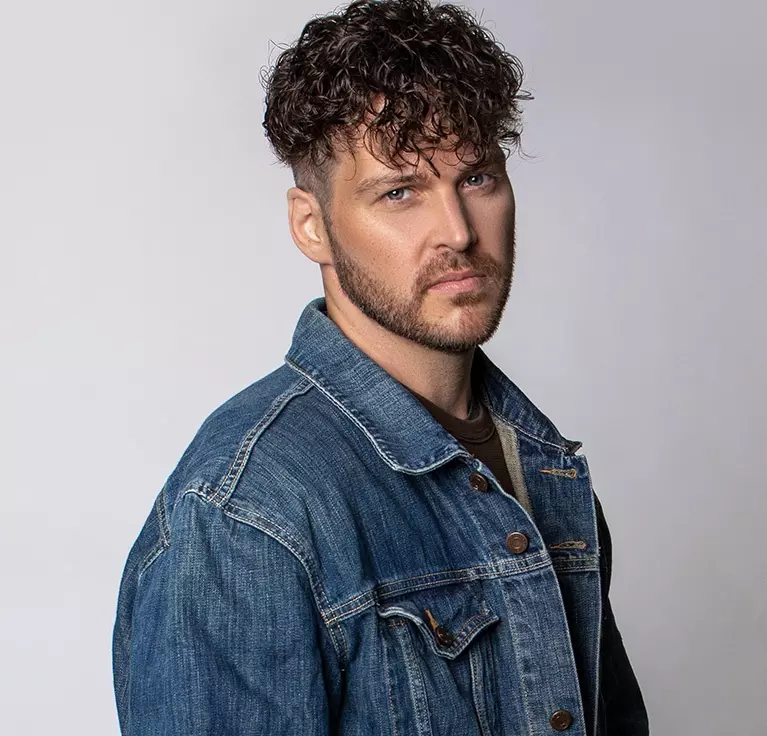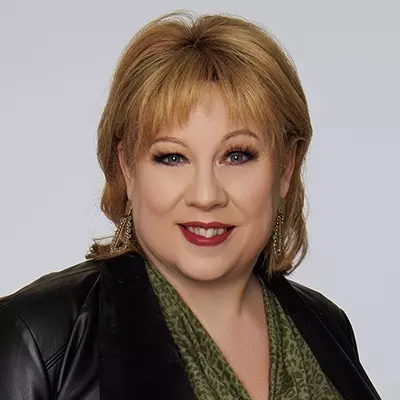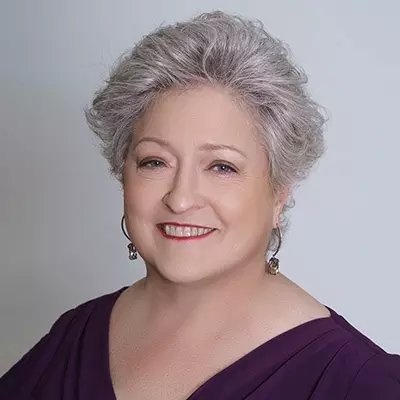The struggle of living with - and fighting - breast cancer is beyond the imagination of any who haven't experienced it. It is already a time of great vulnerability so it is understandable that many women worry about how to handle the hair loss associated with chemotherapy.
Chemotherapy requires a great deal of support, but as surely as treatment ends the hair will grow back. This process takes time, of course, so we've compiled some useful information on what to expect and how to prepare for chemotherapy-induced hair loss.
Why Does Chemotherapy Cause Hair Loss?
Chemotherapy is the most common cause of treatment-induced hair loss. The reason it happens is that chemotherapy drugs are designed to target rapidly dividing cells - this includes healthy cells as well as cancer cells. Your hair follicles grow at the fastest rate in your body, dividing every 23 to 72 hours. As hair cells succumb to chemotherapy drugs, normal hair production is disrupted.
The extent of hair loss - and how quickly it occurs - varies depending on the drugs that are used and the treatment schedule you are following. Typically, smaller dosages minimize hair loss whereas larger dosages produce a more drastic effect. However, some drugs, such as methotrexate, rarely result in complete hair loss.
Pre-Treatment Prep
Whichever treatment you undergo, making a plan of action beforehand will help you cope with your concerns. Although your hair will eventually grow back, here are some steps to consider before treatment begins.
- Ask your doctor what degree of hair loss you might expect under your treatment plan
- Schedule a consultation with hair loss experts to learn more about hair loss treatments
- Get measured for a wig and supply hair samples to determine color and texture
- Consider getting a short pre-treatment haircut
- Shop for headscarves and hats that make you feel good
Regrowth and the Power of Trichology
Once chemotherapy is complete your hair follicles will re-enter a growth stage and you will begin to see soft peach fuzz at two to three weeks. One month after treatment your hair will begin to grow at a normal rate and two months after you should see an inch or two of hair. Admittedly, it's a long process, but with the help of trichology programs that specialize in stimulating hair growth you could see your hair returned to health in even less time.
Trichology is a branch of dermatology focused on the scientific study of the health of the hair and the scalp. There are several trichology programs available for the treatment of hair loss, including: laser therapy and Head First renewal treatment.
Laser hair growth therapy uses low-level lasers to stimulate metabolic changes at the cellular level, provide nutrients and oxygen to the scalp, and increase blood circulation. Essentially, healthy hair growth is stimulated at the molecular level. This treatment can be pursued on its own or in conjunction with other products as with the Head First treatment program.
Head First combines a sophisticated scalp assessment and consultation with a hair and scalp specialist. A treatment plan is then created to meet your needs. This treatment plan may include salon treatments, laser therapy, and at-home treatments. The home care routine products created for Head First include the Well-Being home care kit and the Terapo Medik Scalp Care Line that are meant to stimulate growth and soothe the scalp post-chemotherapy.
We hope this information will be useful to you and provide you some comfort on your journey to recovery. At Mane Image, we work with clients from all walks of life and circumstances. We are devoted to helping you achieve a healthy head of hair and all the confidence that goes with it. If you would like to learn more about our services or schedule a consultation, please contact us. We can't wait to help!











